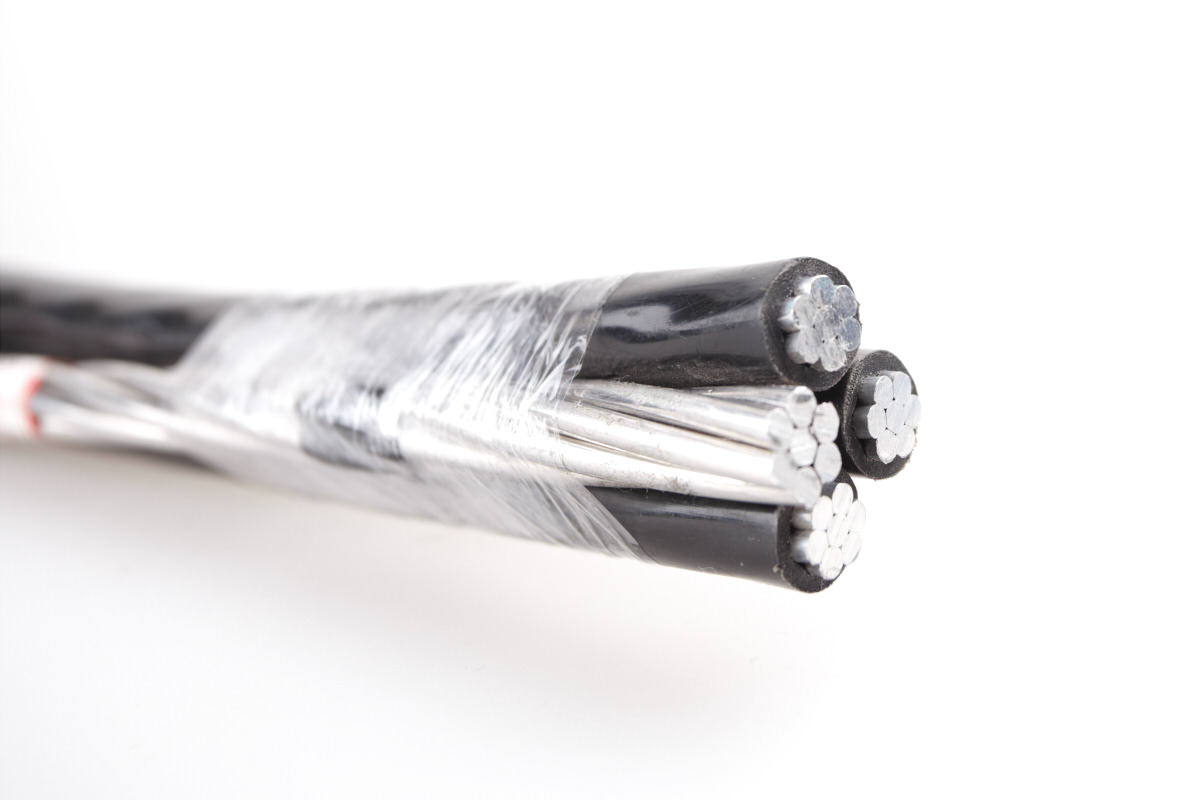In the world of electrical installation, Drop cables play a crucial role, forming the bridge between the electrical power distribution network and the internal system of a building or property. these wires, known in English as SE cables (service entrance cables), They are essential to guarantee a safe and efficient connection to the electrical grid. in this guide, We will explore the key aspects of service conductors, including its types, Applications, and essential technical information.
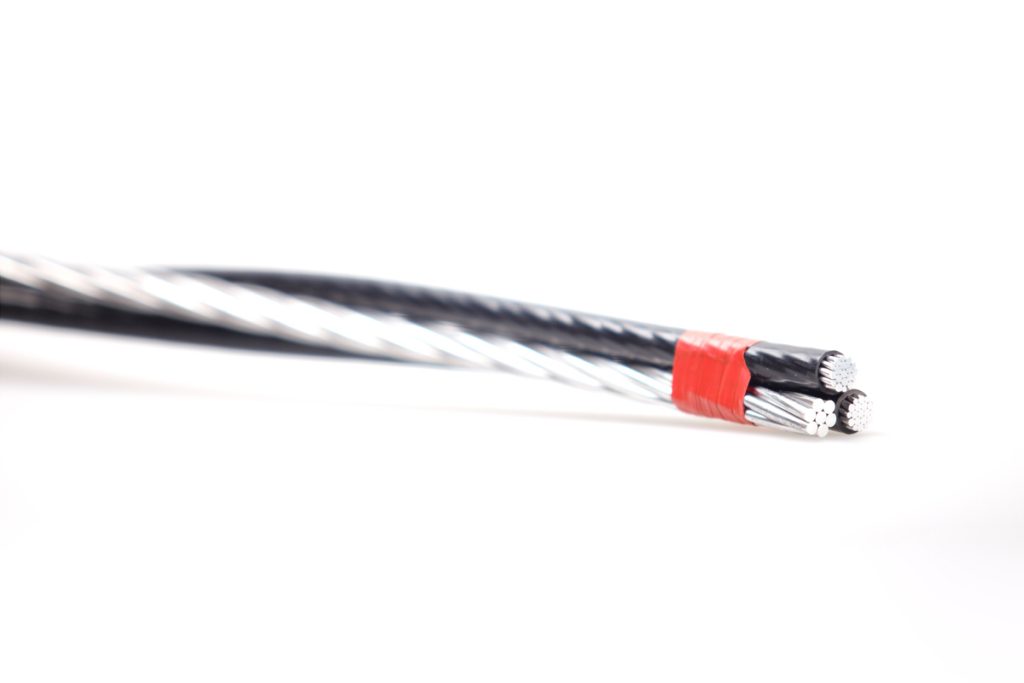
Table of Contents
- Types of Cables for Electrical Connection
- Installation and Safety of Connection Cables
- Technical Specifications of SER Connection Cables
- Trends and Future of Connection Cables
- Conclusion
Types of Cables for Electrical Connection
Electrical connection cables, fundamental in any electrical installation, They mainly come in two types: TO BE (service entrance cable with reinforcing tape) and SEU (unarmoured cable service entrance).
Braided aluminum drop cables are designed with aluminum alloy conductors AA-8000 and cross-linked polyethylene insulation (XLPE), Suitable for use in dry or wet conditions and with a voltage rating of 600 volts. In general, the SER is a round cable, usually with up to four conductors and a bare neutral, used above ground in feeder panels and branch circuits.
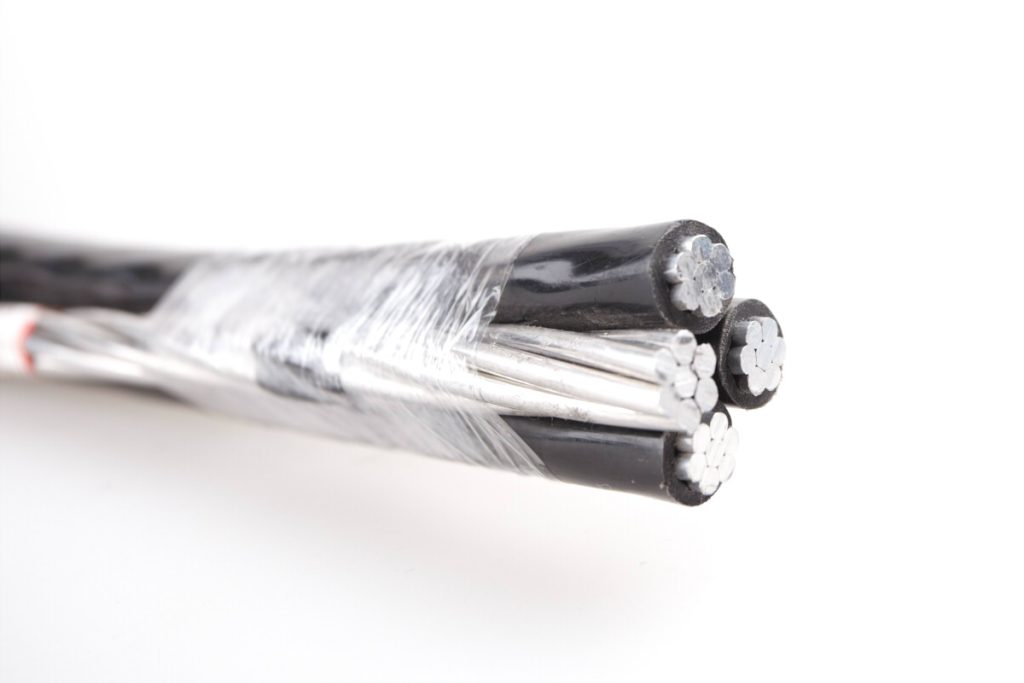
Secondly, concentric cables for SEU connection, similar in construction to the SER, They differ mainly in their driver configuration. SEU cables are flat cables without armor, with two phase conductors and a concentric neutral. They are concentric cables typically oval in shape due to the neutral conductors twisted around the cable.. This difference makes them suitable for certain types of installations where the presence of a separate ground conductor is not critical..
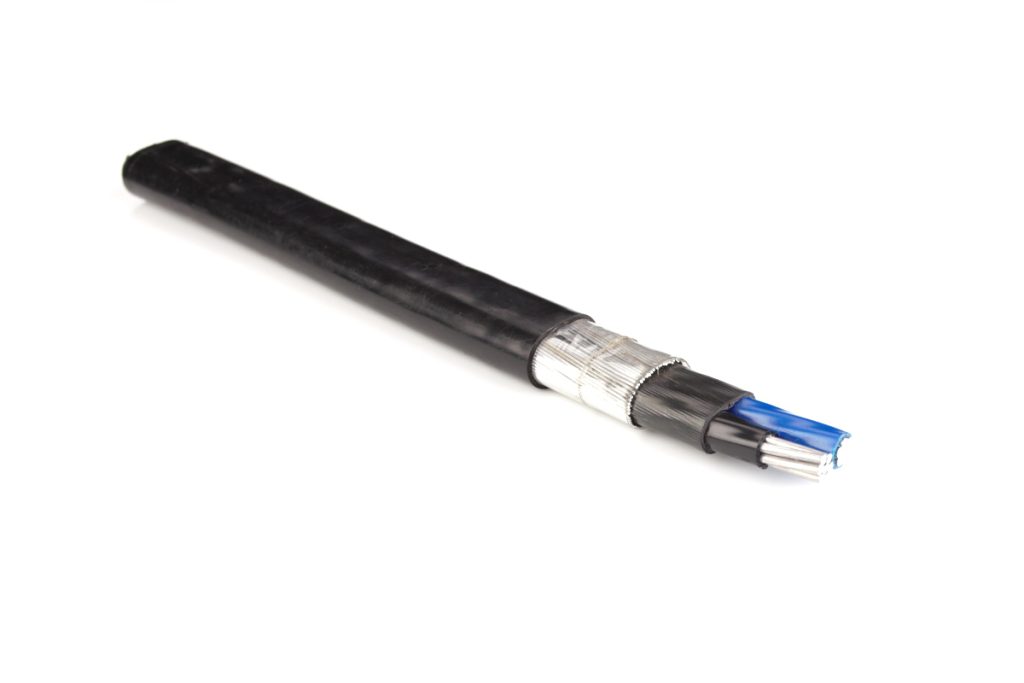
Both types of cables are recognized for their durability and ability to withstand various environmental conditions., being a reliable option for connecting energy from the distribution network to the internal systems of buildings and properties.
You should choose cables to be yours?
The choice between SER and SEU depends on the specific needs of your electrical installation. Use BE, which is a round cable with up to four conductors plus a bare neutral, For above-ground installations in feeder panels and branch circuits. Secondly, choose YOURS, and concentric and flat cable, For installations where a separate ground conductor is not necessary. Consider local regulations and your project specifications when making this decision.
Installation and Safety of Connection Cables
Normative
service cables (SE) such as SER and SEU are permitted for service entrance conductors and must be installed in accordance with specific sections of the National Electrical Code (NEC) or other local codes as specified.
Permitted Uses
Insulated Grounded Conductor: SER cables can be used in wiring systems where all cable conductors are thermoset or thermoplastic type.
Use of Non-Insulated Conductor: The use of SER cables is permitted where insulated conductors are used for circuit wiring. And the non-insulated conductor is used only for equipment grounding purposes. (Exception: In existing installations, uninsulated conductors are permitted to be used as a grounded conductor, complying with certain specific regulations when the non-insulated ground conductor of the cable comes from the service equipment.)
Temperature Limitations: SER cables used to supply apparatus must not be subject to conductor temperatures that exceed that specified for the type of insulation used.
Specific Installation Considerations
Interior: In indoor installations, SE drop cables must meet additional installation requirements. Besides, when more than two SE cables are installed in contact with thermal insulation, caulk or foam sealant, the amperage capacity of each conductor must be adjusted.
Exterior: For outdoor installations, These cables must be adequately supported.
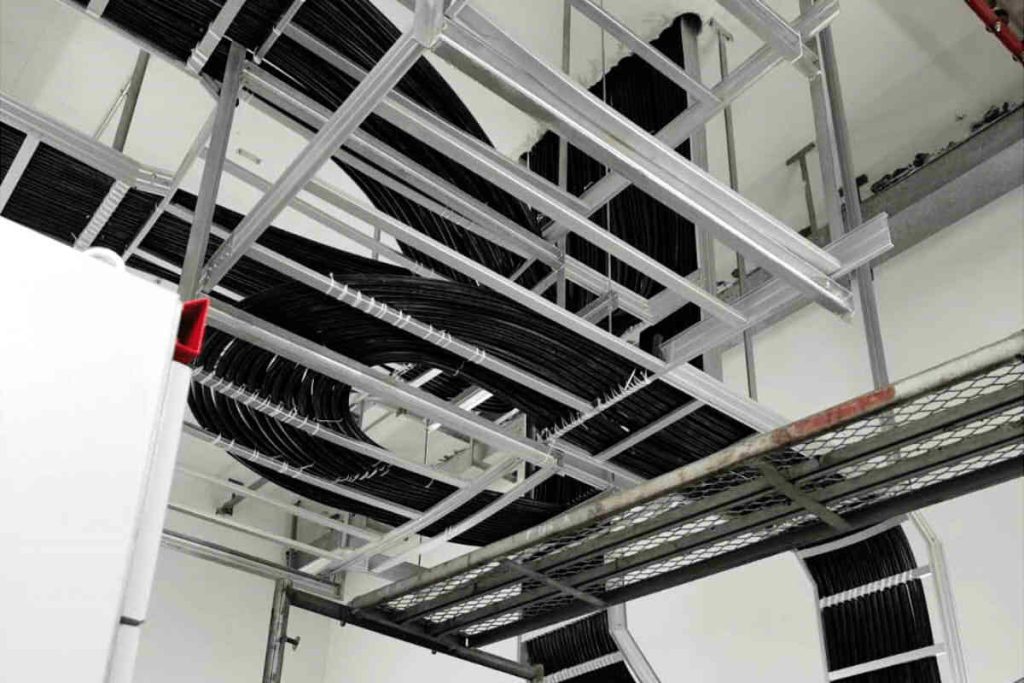
Limitations and Prohibitions
Type SE drop cables should not be used underground or in locations where they are subject to physical damage., unless they are adequately protected.
USE type cables (underground connection cable) son cables designed for underground laying. They should not be used for interior wiring or overhead installations., except under specific conditions.
Radius of curvature
SE and USE drop cables must be carefully bent to avoid damage, respecting a minimum bending radius of five times the diameter of the cable.
Technical Specifications of SER Connection Cables
The following table lists some of the technical specifications of the SER aluminum cable for service., including cable size and construction, the braiding, the classifications, weight and ampacity.
| Type of cable | AWG Size & Building | run aground | Valor Nominal (In) | Weight per 1000 ft (Lbs) | Ampacity at 90˚C (Amps) |
|---|---|---|---|---|---|
| 2 Grounded conductor | 6-6-6 | 7 | 0.65 | 150 | 60 |
| 2 Grounded conductor | 4-4-6 | 7 | 0.681 | 196 | 75 |
| 3 Grounded conductor | 8-8-8-8 | Solid | 0.588 | 128 | 45 |
| 3 Grounded conductor | 1-1-1-3 | 19 | 1.003 | 432 | 115 |
| 4 Grounded conductor | 2-2-2-2-4 | 7 | 1.004 | 450 | 100 |
| 4 Grounded conductor | 4/0-4/0-4/0-4/0-2/0 | 19 | 1.621 | 1226 | 205 |
Use: Data is approximate and subject to normal manufacturing tolerances..
Trends and Future of Connection Cables
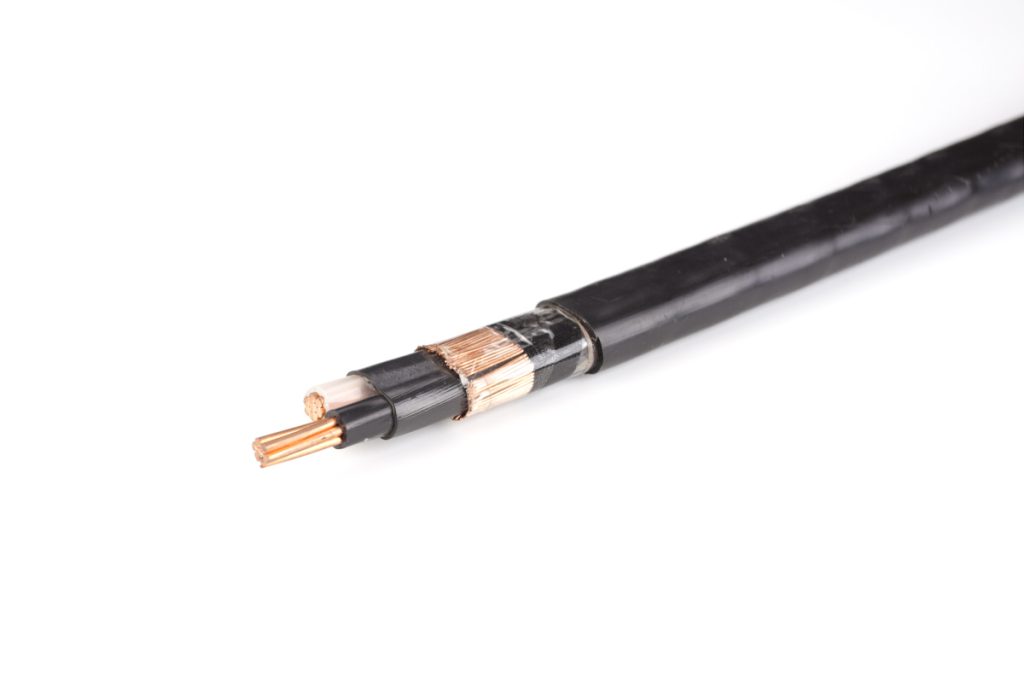
Innovations in the Industry
The drop cable industry is moving towards the integration of emerging technologies and revolutionary materials. These advances seek to improve energy transmission efficiency, increase the durability and strength of cables and reduce maintenance costs. Lighter, more flexible materials are being developed that make installation and handling easier., while maintaining or even improving conductive and insulating properties.
Sustainability and Energy Efficiency
Sustainability has become a fundamental pillar in the development of new electrical cables. There is an increasing focus on the production of sustainable electrical cables that are not only efficient in their use of energy, but also respectful of the environment. Research is being carried out on recyclable and biodegradable materials., as well as technologies that minimize energy loss during transmission. Besides, Solutions are being developed to improve energy efficiency in buildings, as cables with higher load capacity and lower heat dissipation.
Conclusion
In summary, Drop cables play an essential role in the electrical system. They are evolving towards greater efficiency, sustainability and adaptive capacity. This evolution not only promises improvements in the global electrical infrastructure, but also marks a path towards a more responsible and efficient energy future.

